How do you solve a problem like measuring experiences? How do you catch a cloud and pin it down? And just how do you hold a moonbeam in your hand?
While at The WXO we’re most preoccupied with the first of these questions, sometimes it can feel as slippery as the rest – particularly when it comes to convincing clients, investors and sceptics of the value of the Experience Economy. In the words of our founder James Wallman:
“To those on the outside, the Experience Economy can feel like a bit of a cult. The more that we, as its pioneers, can quantify what we’re doing here, the easier it will be to get a seat at the table and flip it into something everyone can believe in.”
James Wallman
We believe the key to getting the Experience Economy taken more seriously – and getting a bigger slice of the pie as a result – lies in measuring the impact, or ROX, of the experiences we create.

And while traditionally experiences have been measured qualitatively, through methods such as surveys and participant feedback, we wondered if there might be a better way of getting convincing, quantitative data on ROX that tells the story of each experience in a more compelling way.
So we did what we now always do when faced with an Experience Economy conundrum. We set some logs on our Experimental Campfire and asked our Founding Circle to gather round with their brightest ideas and biggest questions on the topic.
Having asked our experts how they currently measure the value of the experiences they create, how they might like to measure them, and what an effective method of measuring ROX could do for their business, we passed the torch to neuroscientist Paul Zak to explain his groundbreaking system for measuring immersion – but more of that later (and here).
How we measure ROX now

Having split off into breakout rooms to discuss how they currently tackle the challenge of measuring experiences, we asked our Campfire to report back on their own methods. Stephanie Riggs, one of the creators of Refinery29’s 29 Rooms, said:
“We had to convince them why they should spend hundreds of thousands of dollars for 100 people to have an experience, so what we always ended up doing was packaging it with media. If it comes to sales, it’s email capture; if it’s PR, it’s word of mouth; if it’s marketing, it’s a social media hashtag.”
Stephanie Riggs
Bob Rossman talked of the three outcomes he looks for when designing leisure experiences: perceived freedom, an autotelic outcome, and other specific outcomes. These would be captured through a survey asking people about what they had experienced after the event.
In contrast, James cited psychologist Csikszentmihalyi’s “beeper method” to capture “mappiness”. Participants in an experience were “beeped” throughout to create a map of where they were most happy.
For Ray Hole, the answer of how to measure was perhaps simpler: economic performance.
“We are consultants to people who are looking for ROI, so if an experience performs economically by exceeding anticipated ROI, that’s brilliant. That might look different in different sectors – in wildlife conservation, for example, it might be a case of increased funding.
Experiences are an economic product. If people come, spend time in an experience and then repeat, they must like it, because we swap our time for doing things. Success comes down to attraction, repeatability and increased dwell time.”
Ray Hole
Back to the transformation economy

As ever, all roads lead to the transformation economy – the real metric of a successful experience is whether it can trigger any personal transformation.
“Measurement usually comes down to three currencies: time, attention, and money. But the real value is the indelible mark you make on a person through the experience. The question we ask when we want to determine the value of anything is who does this “thing” – product, person, idea – help me become?”
Dennis Moseley-Williams
Ben Hunnicutt agreed that the transformation economy can lead to measurable changes – for example if a person loses weight or stops smoking. However, he also said:
“For me it’s about building skills. Experiences get better as we get better at them and therefore enjoy them more. And that you can measure. Memory is extremely important, but let’s also not forget about building competence and autonomy for the customer.”
Ben Hunnicutt
The question remains, though: how do you quantify growing skills or creating memories to a client in tangible terms?
The neuroscience of extraordinary experiences
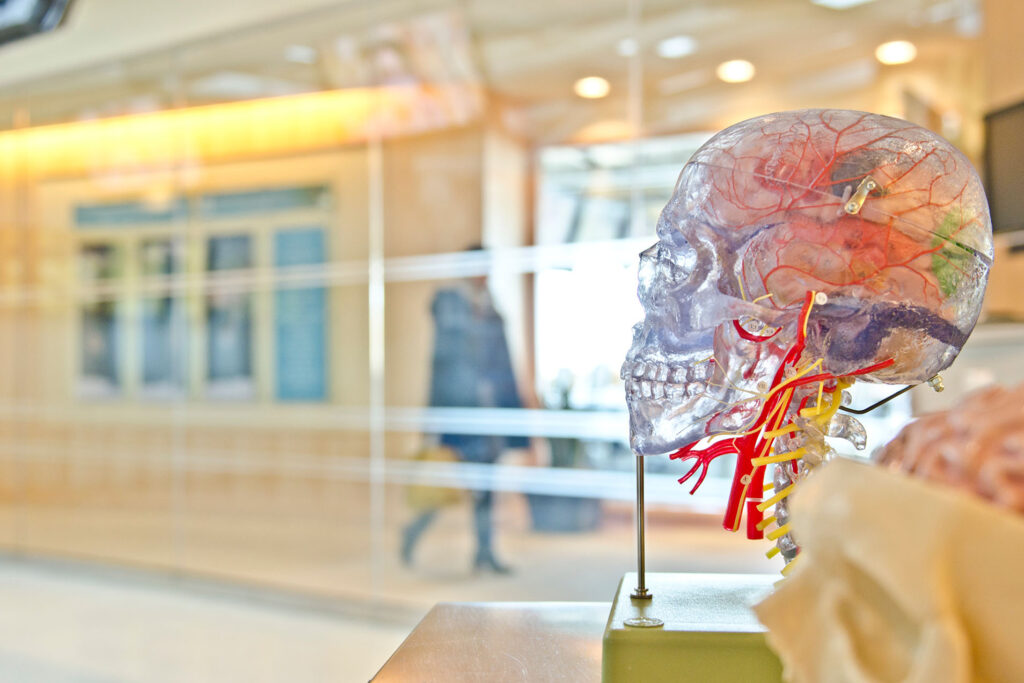
Talking about the old-fashioned way of asking people if they liked an experience, Paul pointed out that the problem is that their answers aren’t anchored to anything. Our conscious answers also don’t reflect our unconscious emotional state.
“You’re asking about my unconscious emotional experience, but there’s a Freudian hangover. We think if we poke the brain enough, we can make the unconscious conscious, but it doesn’t work that way.”
Paul Zak
Instead, Paul decided to measure the brain’s response to experiences to judge whether they were extraordinary or transforming. Using PSAs of child cancer patients, his team looked at who responded by donating money and who didn’t, then measured any changes in their neurochemicals.
Through this he developed a methodology that measures “spotlight attention” – a necessary condition for action – and “emotional resonance” – the key component in creating transformative experiences. From measuring hundreds of electrical signals to the brain, he found those that consistently predicted what people would do in different settings and began to use them to predict what people would do after an experience.
The result was a set of neurological scales based on “immersion”.
“When you find these experiences with high immersion – like when we cry at the end of a movie for example – it’s due to that emotional conversion. That emotional state is real and has a core we can measure. We can then ask where did it work, who did it work best for, and how we can prove the experience was sufficiently valuable.
There is a correlation between having an emotional experience and recalling the information two weeks later. I’ve stuck this information in your brain; therefore I may change your quality of life. And if you can do that, your experience is going to get return business and be truly transformative.”
We’ve done some studies relating immersion to time spent in an experience. When you can leave any time, the more immersed you are, the longer you stay.”
Paul Zak
By using algorithms that can recognise these patterns, Paul can pull data on immersion by using a simple smartwatch.
Designing for difference
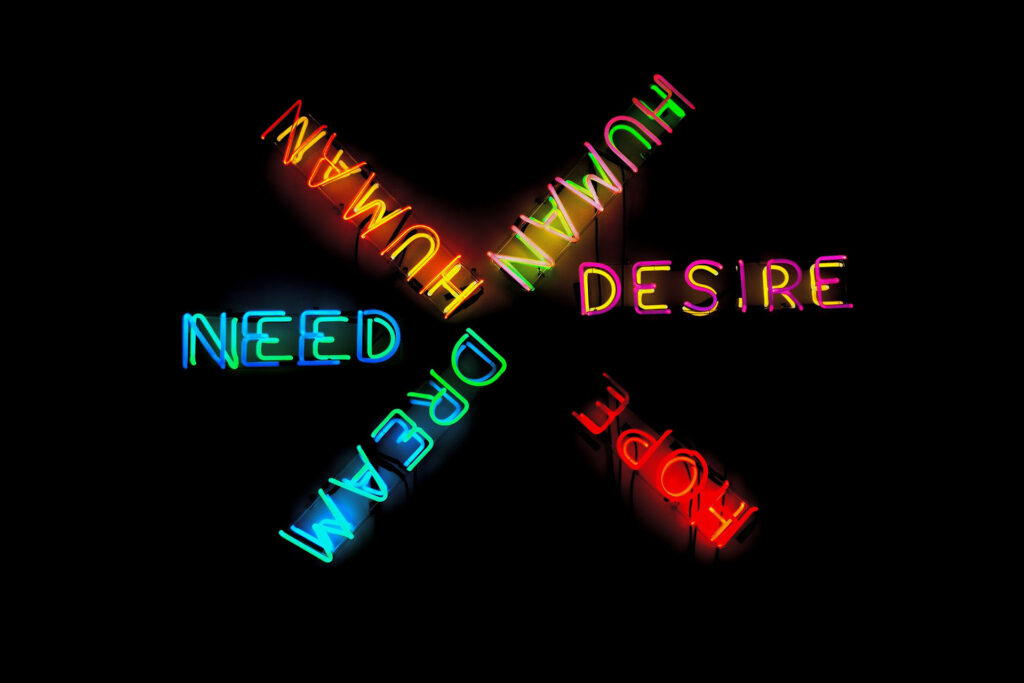
Having this data means that Paul can target different people and challenge assumptions about an audience, as well as keying in different norms for different experiences.
“Clients will often think their demographic is one thing, but actually people are turned on by different things. Personality can also play a part – people who are warmer or more empathic often have a higher response to an experience.”
Paul Zak
In response, Ray talked about the 16 uncommon senses – “things like empathy, heartache and gut feeling.”
“We’ve always considered our five senses as our way of understanding the world, but I once heard someone talk about the 16 uncommon senses. He wanted to find the most empathetic person he could, and it turned out to be a hostage negotiator. They were able to test them while they were talking to someone, and their heart rates equalised and led to empathy. The vibration of air conditioning systems also creates a frequency that affects your heartbeat, and if you don’t get that right you don’t like the building. So having this kind of data might help us to digitally understand and analyse the encoding and decoding process.”
Ray Hole
Ray also gave the example of his previous work in hospitals for the criminally insane, where shapes in the brickwork could be the difference between making someone act psychotically or not.
“We all have these signatures – we see, hear, smell and taste in different ways – so it stands to reason that with the uncommon senses, we’d have different empathetic signatures too, for example. But it’s a minefield to design experiences for.”
Ray Hole
This kind of data also helps us to understand what people want – the brain loves novelty, but it also likes comfortable experiences, for example. Paul gave an example of a music streaming provider he’d worked with, where the data revealed that people want new music, but they also want it to sound like the old music they already know and like.
He also talked about the use of these kinds of insights in education and training. Accenture have broken their training into smaller chunks upon receiving data that showed people got exhausted after more than 20 minutes of the same thing, developing the 20/20/20 rule: 20 minutes of presentation, 20 minutes of directed practice and table work, and then 20 minutes of debrief. A teacher was also able to see that a seemingly shy child was the most engaged in her maths class, allowing her to encourage both her and the others students as a result.
Real-time testing and continuous feedback
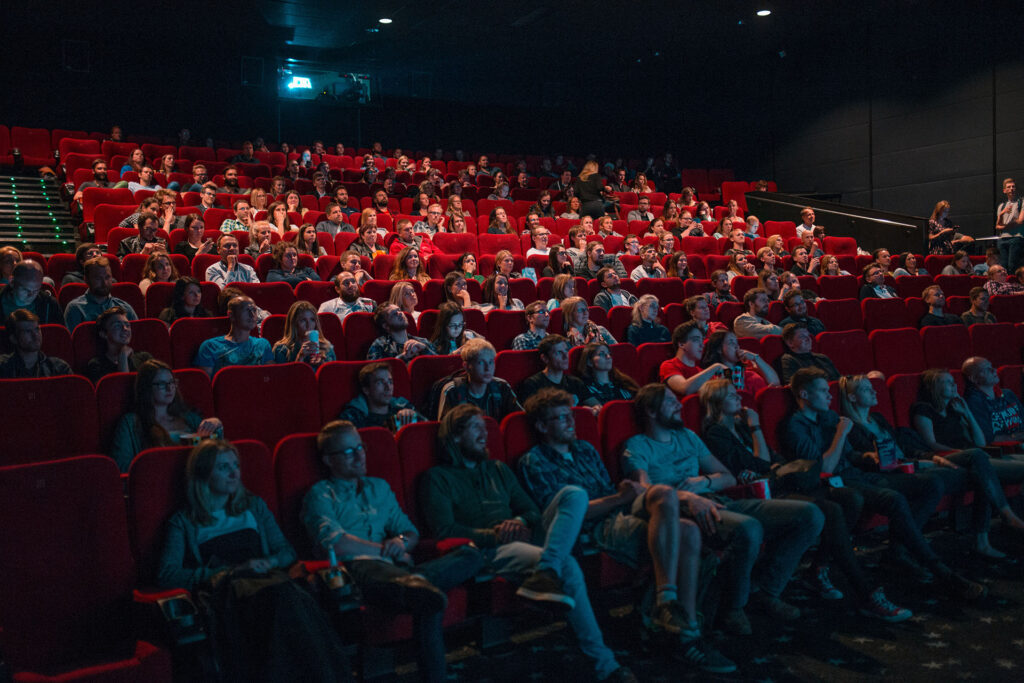
The implications of Paul’s measuring system could also help experience designers at the testing phase, allowing them to see participants’ best and worst moments and shift what they do accordingly.
For Dallas Burgess, the impact on his industry – filmmaking – could be immense.
“During a screening, we could watch how things play out as the movie’s playing – what can we do to improve this cut before we put it out to a commercial audience? The implications for my world are unreal.”
Dallas Burgess
James pointed out that if you could measure how immersed the actors are in their performance, you could also measure the correlation between the immersion of the actor and how much the audience resonate with the scene – to which Paul revealed there’s already an acting coach in LA using this to train his students.
Andrew Lacanienta highlighted how useful the technology could be for “thinking about the story arc of experiences and how we structure micro-experiences”. And Kevin Dulle talked about how it could be a powerful tool for “helping to improve the employee if the customer has a poor interaction.”
Bob Rossman highlighted that although real-time measurement was great for R&D and checking your original assumptions, the analysis will still have to happen post-hoc.
Measuring in the moment
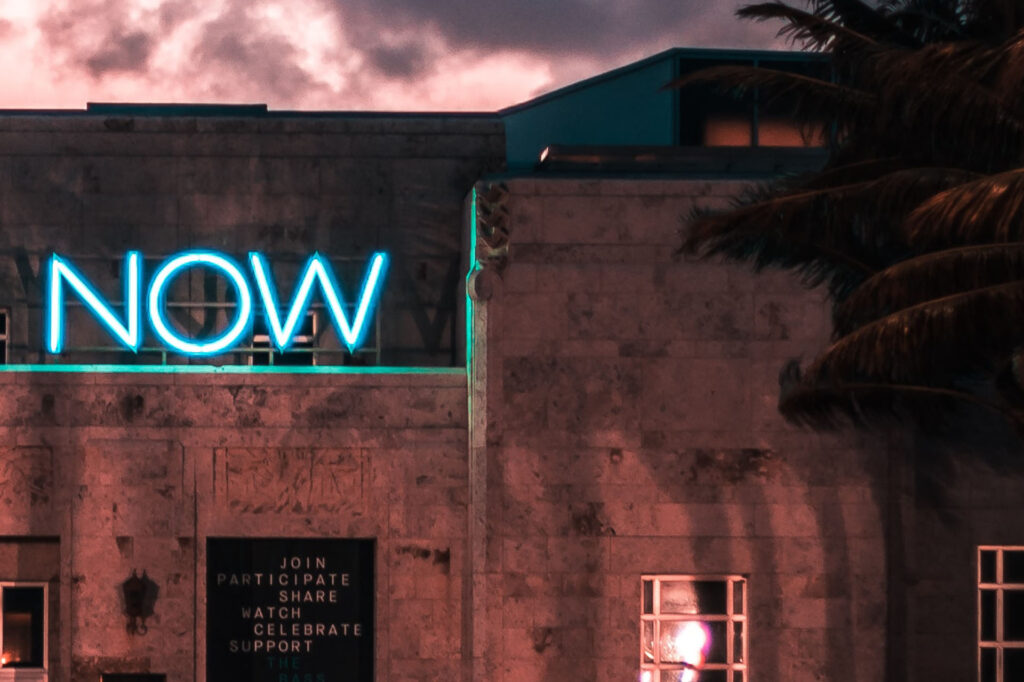
Perhaps the greatest appeal of getting real-time ROX data is that you can measure the live impact of an experience and forecast what might happen in the future without taking participants out of the moment.
“Looking at data in real time without having to interrupt the individual is the holy grail of experiences. I’d be curious to see if there is an external correlation with the data we’re used to analysing, such as asking people if something resonates with them.”
Stephanie Riggs
Paul gave the example of a big TV network who had a testing facility for content where they asked people to turn a dial to show how much they liked something.
“It had absolutely no correlation with the experience, and it took them out of it. We’ve helped them as now they’re getting real-time data, but without taking people out of the moment.”
Paul Zak
He also talked about large corporate events that use a “real-time pivot”. In measuring how much people were enjoying a branded experience, they were able to pivot them to different parts of the experience that they were more immersed in and therefore give them more of what they’re into.
Measuring ROX means getting ROI
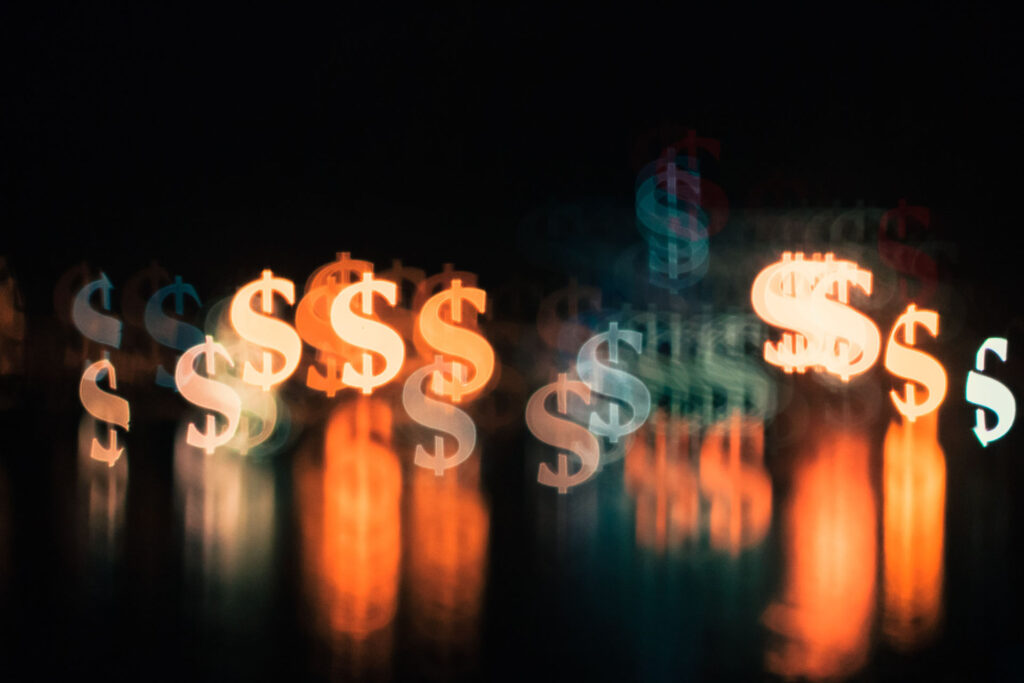
When it comes to measuring ROX, the bottom line is that it improves the bottom line. Like NPS, there’s a correlation between ROX and profit.
“NPS works because it’s like a canary in the coal mine. To get growth we want profit, and to get profit we want people to come back. ROX strikes me as a canary that’s deeper into the coal mine and even gives you insight in advance.”
James Wallman
Paul explained that Accenture has used the data from his immersion measurement tool in their sales training to help pinpoint when to try and close a sale, as real-time data gives a real-time moment of closure.
“Immersion is contagious. We had a luxury retailer whose sales people wore Apple watches, and they could predict with around 80% accuracy which customers would buy. Why? Because if you’re having a great experience, I’m having a great experience. And so the average sale in this study was $223, the highest was over $2500. This is real money. Experience matters a ton, and it does lead directly to sales.”
Paul Zak
The WXO Take-Out
- It’s clear that a better understanding of psychology and neuroscience is crucial to devising more meaningful experiences.
- Attention + emotional resonance = immersion.
- Immersion is contagious and has a real impact on sales.
- People aren’t good at articulating what they really want or need, so a real-time, physiological response could be a more “truthful” way of capturing ROX data.
- When designing experiences, perhaps the majority of our efforts should be focused on eliciting emotional resonance.
- As emotional storytellers, we sometimes need to learn how to sell our ideas to people who believe in hard numbers to earn our seat at the table.
Interested in taking part in discussions about experiences and the Experience Economy? Register your interest in becoming a member here to be the first to know about upcoming WXO events, both digital and IRL.





